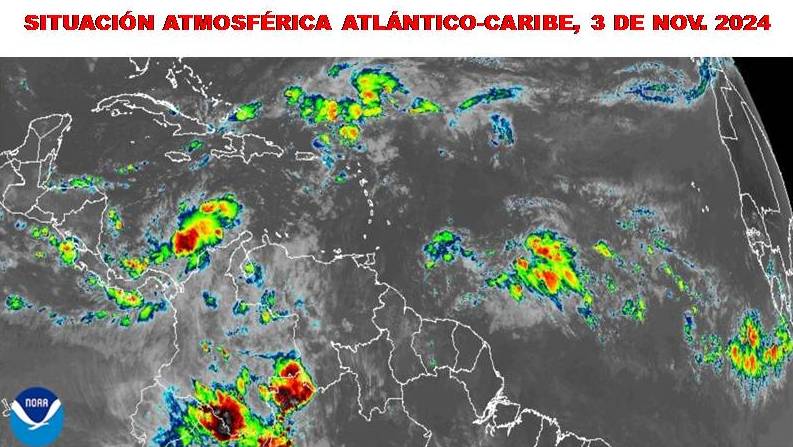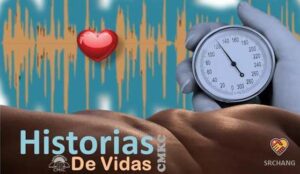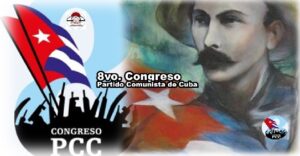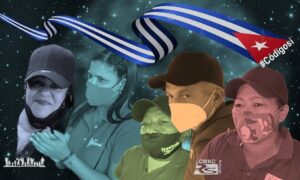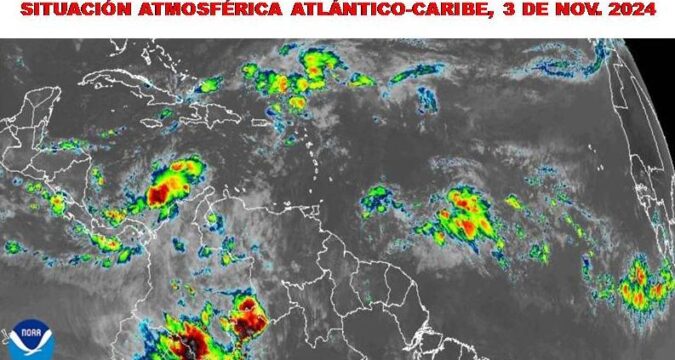
By: Santiago Romero, MSc.
The ninth month of the year is advancing and storms with strong, destructive gusts are becoming more frequent. In several areas of the city of Santiago de Cuba are evident. However, the heat persists; on the contrary, the greenhouse effect becomes more pronounced after the north winds pass.
The most remarkable aspect is that it begins like a typical summer day until the drizzle breaks through, at noon or around half past two in the afternoon. This is reminiscent of the downpours in September 1888, when Caibarien sounded the alarm on the 4th in a west-southwest direction. At that time, there was no civil defense corps with strategically defined missions and tasks as we have today.
The country faced a more transparent statistical record. The most deliberate studies in early Cuban meteorology indicated that September posed a significant threat, serving as an immediate antecedent of a precursor to a potentially more severe October.
The most focused attention on the national atmosphere revealed a pressing need: to communicate the findings of the Casablanca studies in a report that detailed the direction of the winds, temperatures, clouds and even the potential swell levels. Gradually, September sparked the interest of the young Cuban meteorologists, who concentrated on the events occurring in the Atlantic Ocean, the Caribbean Sea, and the Gulf of Mexico.
The intriguing aspect is that all of this prompted the first dispatch by the pioneer 2LC, a small yet rudimentary radio station developed by Luis Casas Romero, which proved to be remarkably timely.
